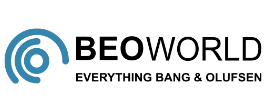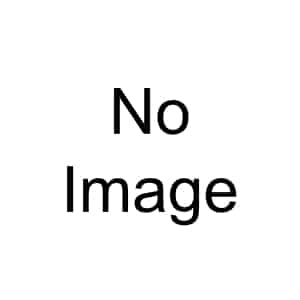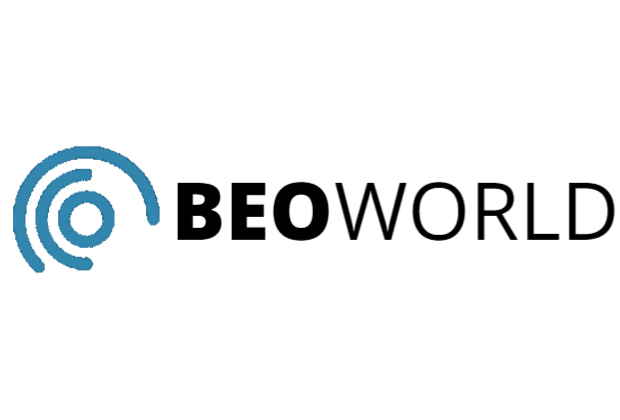BeoVision LX 2802

Advanced TV technology at its most elegant
Beovision 2802 was the latest version of the classic Bang & Olufsen TV. Fully remote controlled, it was created specially for those who require all the features of today’s TV – and who also seek a timeless design that would blend perfectly into their living environment. Slim and elegant, Beovision LX2802 came in either traditional natural woods or a contemporary white finish.
To the finest detail
B&O is renowned for its attention to detail and craftsmanship. You won’t find any fussy buttons on B&O’s sets – because, with full remote control, they simply aren’t necessary. Absolutely nothing looks out of place or superfluous with a Bang & Olufsen TV. The materials are always selected with the utmost care. The closest attention is always paid even to the design of the back of the TV. The company believes that appearances matter a great deal, because you’ve got to live with a TV day in, day out. On or off, it should be easy on the eye.
The perfect picture – from any angle
You don’t have to sit bang in front to get a good view of Bang & Olufsen TV sets. The 66cm flat-square picture tube of these Beovisions gave a clear, undistorted picture even when viewed from the side. Combine that with the specially developed VisionClear system, and you’ve got eye-opening picture quality. The colour balance and contrast are regulated automatically, 50 times every second. There’s even a contrast screen to make sure that your picture’s always in harmony with the light levels in the room. Razor-sharp quality – and it’s built to last.
And the sound to match
One of the things that make Bang & Olufsen TVs so special is the sound – because it’s just as breathtakingly good as the picture. The L and LX TVs have a bass reflex loudspeaker system – which, in words of one syllable, means great sound. You’ll be amazed at the difference it makes, even listening to the news! Of course, you’ll also appreciate Bang & Olufsen sound quality when you listen to music from your sound system through the TV. (Perfectly possible – all Bang & Olufsen’s latest audio, TV and video systems can talk to each other). Close your eyes and it sounds like you’ve just acquired a splendid pair of new hi-fi speakers for your music centre. Which is exactly what you HAVE done.
A view to the future
Your LX 2802 TV was also ready for satellite broadcasts when they became available. It’ll be able to receive broadcasts either through communal aerials and a hybrid network, or through your own parabolic ‘dish’ antenna. Just add the BeoSat LX module when the future arrives.
No-wait Teletext
The live information bank of Teletext is a tremendous benefit, whether you want an instant weather update, flight times or racing results. Now we’ve added even more of a bonus, with the computer-controlled Teletext module. This allows you to flip through the Teletext pages without having to wait. You can also call up four different pages instantly on the screen (in the order you want) by pressing the Teletext button. So you can hop easily from one topic to another, with quicker access to the facts you need.
The right connections
When you buy a Bang & Olufsen video recorder to partner your TV, you’ll be able to operate both with one remote control – the Beolink 1000. Needless to say, our video recorders are as intelligently designed as our TVs: Beocord VX5000 and VHS 82.2 even have a visual display to make operation and programming absolute child’s play. But your connection options don’t stop there. Your TV can team up with your music system. It can even form part of your Bang & Olufsen ’round-the-house’ TV, video and music system. All under the command of the ingenious Beolink 1000 remote control. You can also connect headphones, your personal computer, video games and a loop amplifier for the hard of hearing.
Take four
You could choose one of four models: the 63cm L2502 and LX 2502, and the 66cm L2802 and LX 2802. In all the most important technical respects, these TVs shared the same advanced features.
Fine finishes
The Beovision LX series was available in rosewood, teak, white and White Line (B&O’s modern colour and styling treatment).











